Kulebra and the Souls of Limbo is an adventure videogame set in an afterlife lightly inspired by Mexican art and cultural beliefs. I play as Kulebra, a snake who awakens one day in Limbo, a neon papercraft world populated by the Souls of the deceased. These Souls are afflicted by a curse that prevents them from keeping their memories. Every morning, they awake and live as though yesterday never happened, trapping them in an endless loop of their biggest regret. Kulebra is one of the exceptions. He is a Bright Soul, recognizable by the blazing blue fire in his eyes. Bright Souls keep their memories and have the unique role in Limbo of helping other Souls resolve their regrets and move on to their final destination. Over the course of about a ten hour adventure, Kulebra’s good work crosses his path with a conspiracy transforming Limbo’s troubled populace into Dark Souls, destructive voids of anger and hopelessness who risk remaining in Limbo forever. Only Kulebra can stop the spreading darkness and prevent Limbo from becoming an oblivion for its troubled Souls.
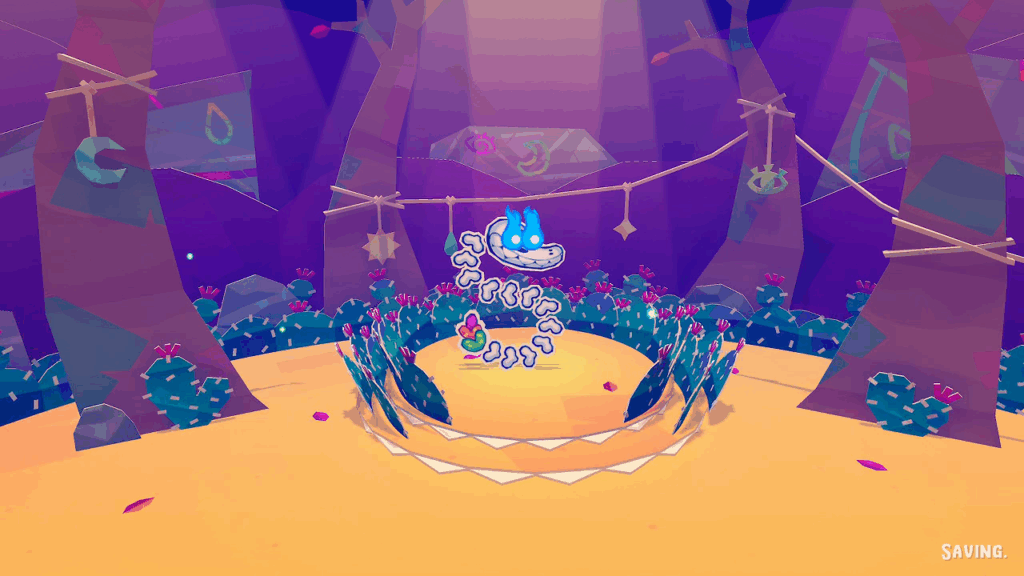
The most memorable thing about Kulebra and the Souls of Limbo is its visual design. All of its linear, polygonal environments are made with conspicuously flat objects, as though the world is constructed from papercraft. Some platforms and edges even reveal that, beneath their surface textures and set dressing, they are made from corrugated cardboard. This three-dimensional world is portrayed simply, following Kulebra from a fixed, side-scrolling perspective as he explores. Some expository sequences take advantage of the papercraft aesthetic to capture characters’ memories as dioramas that artfully break apart, revealing the interiors of houses and characters.
Even though Limbo is filled with the Souls of the dead, their visual designs ensure I do not feel threatened or intimidated by most of the characters that appear there. Kulebra himself is a triumphant example of this colorful afterlife of the friendly dead. He is an animated snake skeleton whose eye sockets are consumed by blue fire; he should be a monstrous, if not demonic figure. I cannot feel this way because, despite his alarming features, he is created with too much care to feel ominous. His mouth is locked in a rictus grin, but his massive teeth are rounded, giving him the air of a clown more than an evil serpent. His long spine curves in a pleasant S and his individual vertebrae are shaped like small white hearts a child would gift on Valentine’s Day. His tail is tipped by three more hearts that form a rattle, colored to resemble candy-like gems. All of Kulebra’s individual details add up to a character that is too friendly in appearance to be menacing despite his obviously dead characteristics.
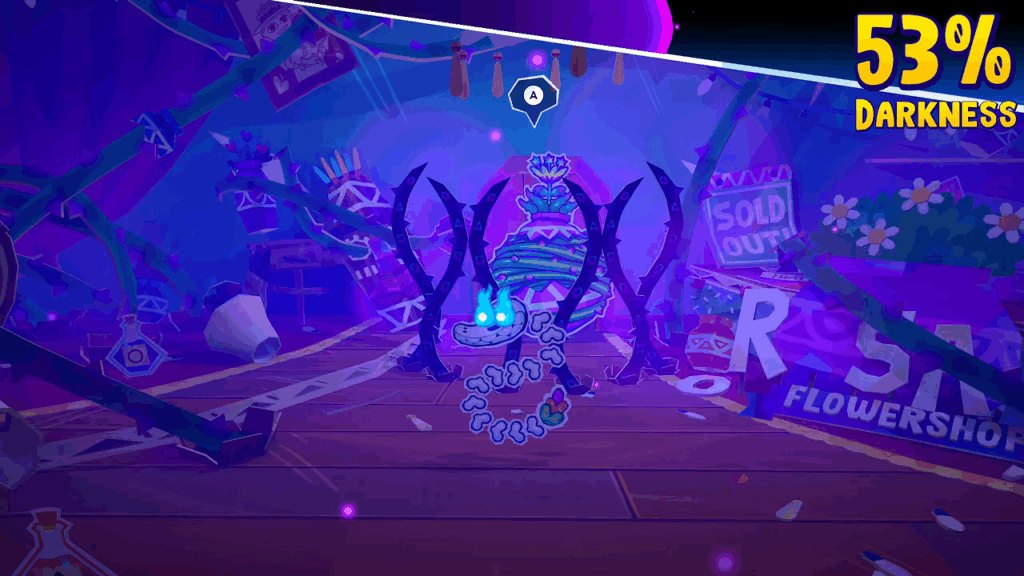
Not everything I witness in Limbo has a bright and friendly appearance. When Kulebra encounters a Dark Soul, the world becomes choked with a purple fog. The Dark Souls themselves retain an overall cartoonish art style—nothing in this videogame is meant to be truly nightmarish—but they are marked by darker colors and sharper edges than those that make up the typical Limbo inhabitant. Overall, I can see this videogame’s visual design is made with thought and care.
Most of Kulebra’s time in Limbo is a leisurely adventure videogame focused on talking with Souls and solving their various problems. As he explores and converses, Kulebra collects items and gathers information related to each Soul’s problems. A unique hat has a special meaning to the proprietor of a desert florist. A discarded sheriff’s badge reveals an authoritarian gunslinger’s darkest secret. An obviously counterfeit event ticket amuses an egotistical hero. Presenting the right item at the right time is the main way to advance the story.

My biggest worry before beginning an adventure videogame is if it will be one where I get stuck and, in desperation, start plugging every item in the player character’s pockets into every available non-player character and object hoping for something to happen. This does not happen in Kulebra and the Souls of Limbo. When speaking with NPCs, they give leading hints as to what item they need to be shown. Often, the key words will even be highlighted. If Kulebra does not have the necessary item, I may browse his notebook where he logs every NPC he meets and every important thing they say. Briefly perusing this book often points me towards the next NPC he should speak with on the few occasions where I’m uncertain how to advance the story.
A few obstacles Kulebra encounters are more elaborate than typical adventure videogame lock-and-key puzzles. One familiar puzzle involves mixing and separating liquids to create toxins that destroy differently colored plants barring the path forward. While working as an unpaid intern for a pop music idol, Kulebra must troubleshoot a stadium’s lighting systems, toggling switches that activate and deactivate multiple lights until the entire stadium is lit. When he takes the stage during a wrestling match, Kulebra must improvise a heel performance to keep the crowd interested in the show. None of the fundamentals underlying these puzzles are original but they are recreated here in interesting new contexts that gives them a fresh feeling.

The real obstacle between Kulebra and helping the Souls escape their cycles of misery isn’t solving puzzles, it’s the curse that afflicts everyone in Limbo. Time passes quickly in Limbo, with each day lasting about twenty real-world minutes. If Kulebra does not help a Soul with their problems before sunrise the next day, they will forget everything that happened and he must try again. If this occurs early in their relationship, the Soul can even forget they met him at all. If Kulebra is able to make a strong impact on a Soul, whether positive or negative, they create a Soul Mark and will remember what Kulebra did. These act as a narrative checkpoint, and when Kulebra speaks with them again the next day, they will begin the next part of their story.
This curse essentially makes Kulebra and the Souls of Limbo into a familiar time loop videogame without the time loop. All the usual rules apply. Each day is divided into three brief periods—day, evening, and nighttime—and certain events are only accessible at certain times of day. This puts a time limitation on helping the Souls, though the pressure is light. In my time playing, Kulebra only has to repeat a day’s events once because time runs out before he solves every puzzle in its string.
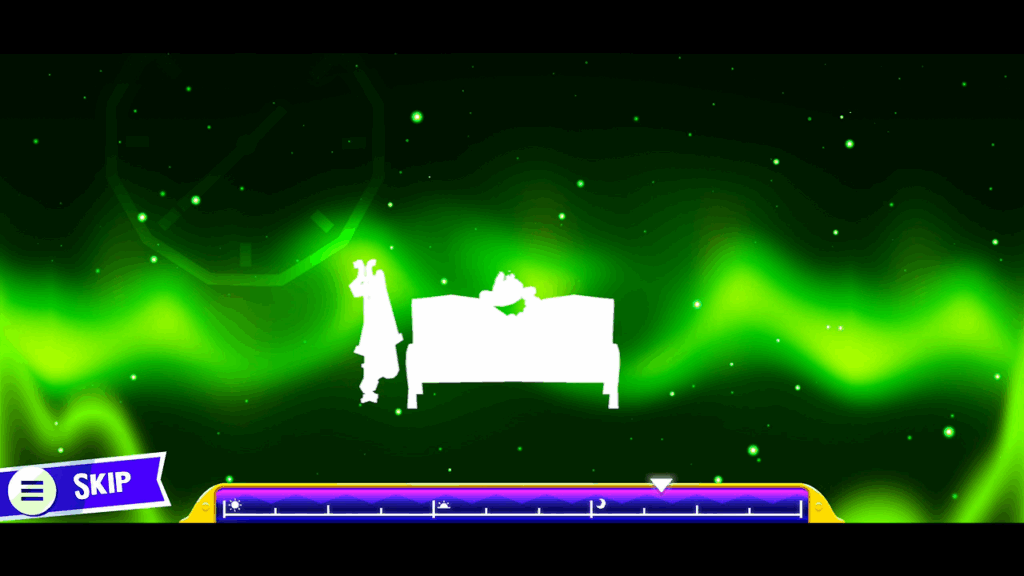
Since standing around waiting for things to happen is boring, Kulebra is given a few tools to control the flow of time. Sitting on a bench lets him move straight to evening, nighttime, or the next day. Benches are plentiful, appearing in almost every room, even in places where benches have no business being. Special drinks, purchased with purple pearls found around the world, found inside hidden chests, or given as rewards for helping Souls, can also speed up or slow down the passage of time. The low difficulty of Kulebra’s puzzles keeps the time pressure low. These additional options to move to a specific time or affect its speed means even if Kulebra does fail at a puzzle, I don’t have to wait long for him to try again.
If I feel like it, Kulebra can use his free time between major story beats to explore Limbo’s more esoteric problems. Shortly after arriving in Plaza, Limbo’s largest city, Kulebra begins encountering Blanc Souls. These are much less personable figures than the Souls who drive the conflicts central to each chapter. They appear to be clouds, or perhaps they are meant to be thought bubbles, representing a person’s literally discarded trivial desires as they move on to what lies beyond Limbo.
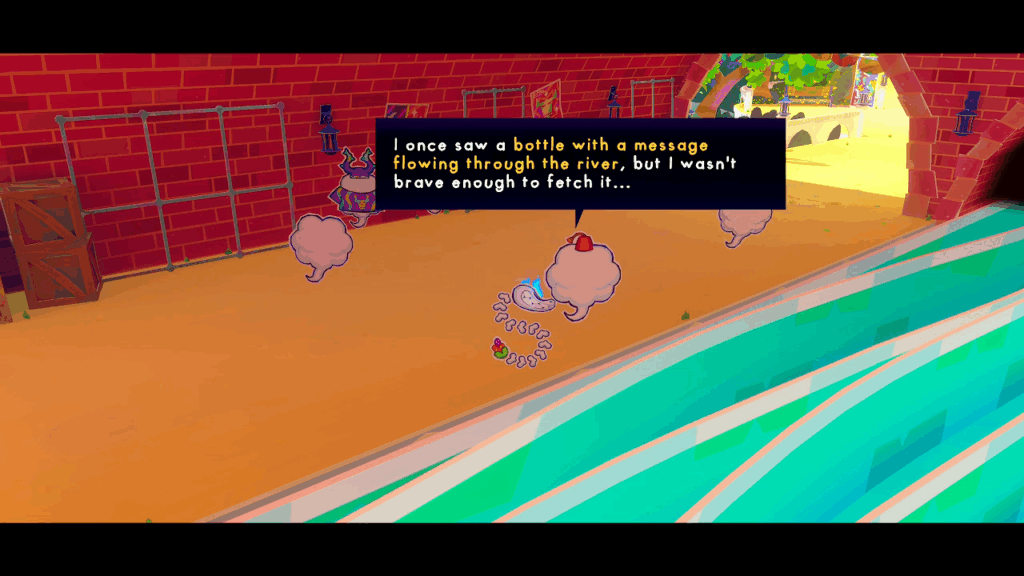
Blanc Souls also suffer from the memory-erasing curse, though helping them with their unfinished business is much less elaborate. They only need a single thing to move on and Kulebra often already possesses that item when he first speaks to them. When he doesn’t, it is usually found on the ground a short distance away. Helping Blanc Souls move on is passionless filler, though for that very reason they’re easy to ignore. The only thing I miss out on for skipping them is a few achievements.
A frequent reward for assisting a Blanc Soul is a note in a bottle. Bottles may also be found hidden around the environment as rewards for especially thorough exploration. The messages written on these notes vary in substance, like life advice written from the perspective of small children, comments on the events happening in Limbo, and fourth-wall leaning teases about expecting too much from supplementary text. Several bottles even contain what appears to be fan art. Like the Blanc Souls, the message bottles are easy-to-ignore filler, rewarding only for the achievement bestowed for collecting them all.

The Souls of Limbo who really need Kulebra’s help are the Dark Souls. These were once ordinary Souls who are influenced by a mysterious figure to descend from sad, frustrated individuals caught in depressing cycles to wrathful and bitter creatures who lash out at anyone around them. They are not evil monsters, they are tragic victims, and only Kulebra can help them.
Dark Souls come in a few forms. The least impactful ones are wisps who patrol some of Limbo’s unpopulated areas, moaning about being lost and calling out to the “bright one.” If they spot Kulebra, they chase him, hoping to embrace him in their darkness-infecting arms. Interacting with these Dark Souls is a simple stealth activity where Kulebra must sneak past them through a maze-like area to reach his objective. Wandering Dark Souls can be attracted to certain areas if Kulebra deliberately crashes into a noisy object, though there is the risk that he will be spotted before he can scamper away from the noise. Not every room contains these objects, forcing Kulebra to study the Dark Soul’s path so he may slip past them.
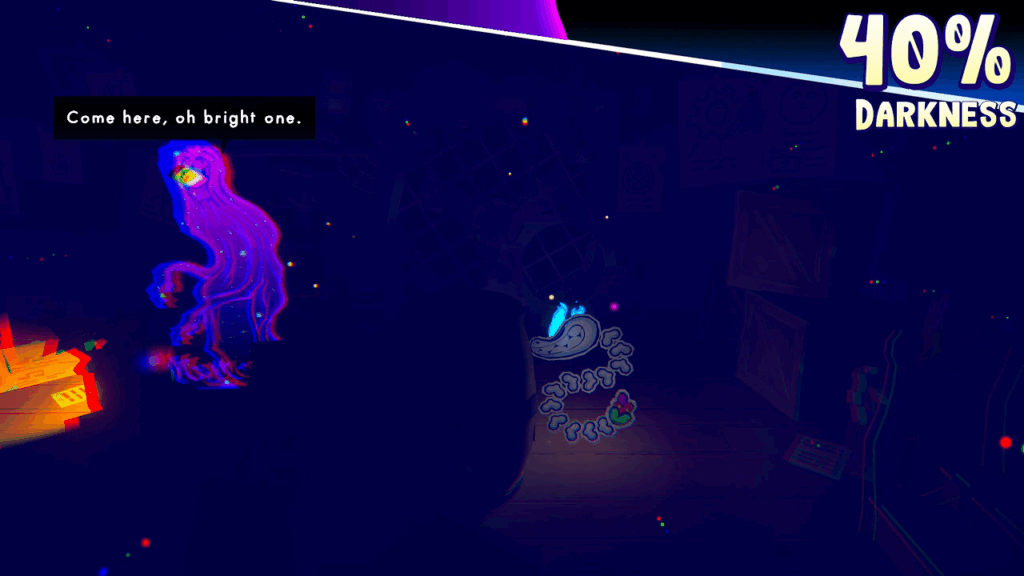
It’s unclear if these wandering Dark Souls are malicious and feigning helplessness to draw out a Bright Soul or are genuinely afraid and do not understand the outcome of their suffocating embrace. What exactly becoming lost in darkness means for Kulebra or any other captured Soul is unexplained. When Kulebra has a chance to witness it happening to a crowd of Blanc Souls, his view suddenly and conveniently becomes obscured. If Kulebra is overcome by darkness himself, a game over screen appears and he returns to the most recent of generously placed checkpoints, no more than a few minutes in the past. The non-reveal is the scariest thing I see in this land of the dead.
The second and more significant variety of Dark Souls are the recently-turned regular Souls that feature in each of the five chapters. They are undergoing a slow transformation even as Kulebra dashes around their home solving puzzles, and when their Dark sides fully appear, they explode onto the scene in a new, Hyde-esque form and with a new name. In a few instances, this can make the identity of the Soul Kulebra must help a mystery until the transformation happens in front of him. There are several successful misdirects.
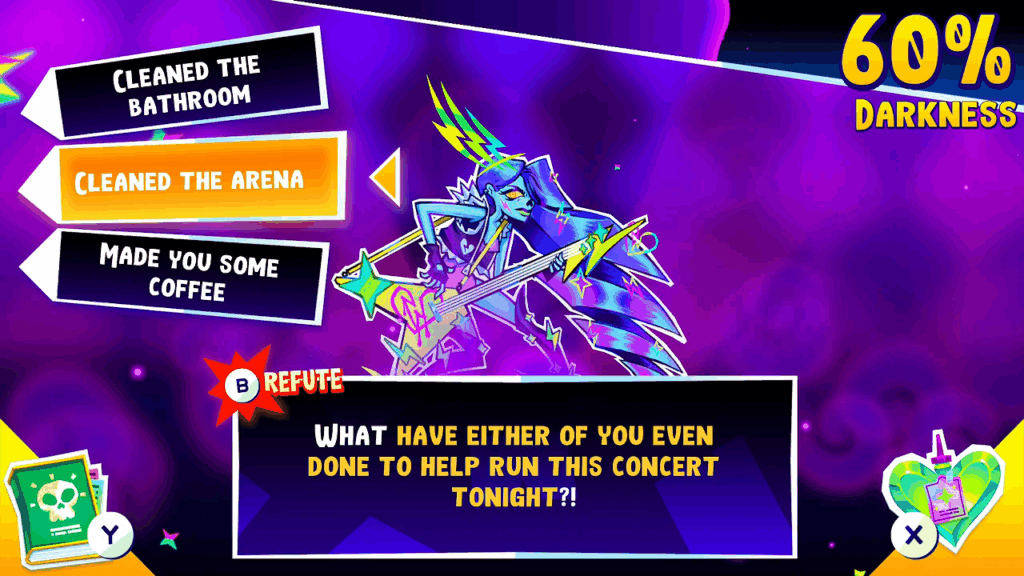
Unlike the wandering Dark Souls, Kulebra is able to save these named, plot-significant ones. He confronts them during their rampage, sometimes solving a few additional puzzles along the way, but defusing their anger more often appears as a kind of quiz. The Dark Soul will make an angry declaration about something that has happened to them recently, and it is Kulebra’s job to refute their complaints by selecting from three answers. Sometimes they will even outright lie, revealing the delusions they have imposed on themselves or in a purposeful attempt to deceive Kulebra, and here the secret fourth “refute” option is applicable. For every answer Kulebra gets wrong, the Darkness meter at the screen’s top fills. If it fills all the way, the game ends and he must try again from a checkpoint. Once again, Kulebra’s detailed notebook is of value here and may be consulted freely.
The problem with this conceit is obvious: Confronting someone suffering from a mental illness or otherwise having a temper tantrum with a list of corrections for their complaints has never been an effective way to help them recover. Has any sentence that begins with “well, actually” ever been helpful to another person? But this is a videogame, not a communications manual, and makes no claims about being an educational tool, so I won’t put it down too much for this shortcoming.
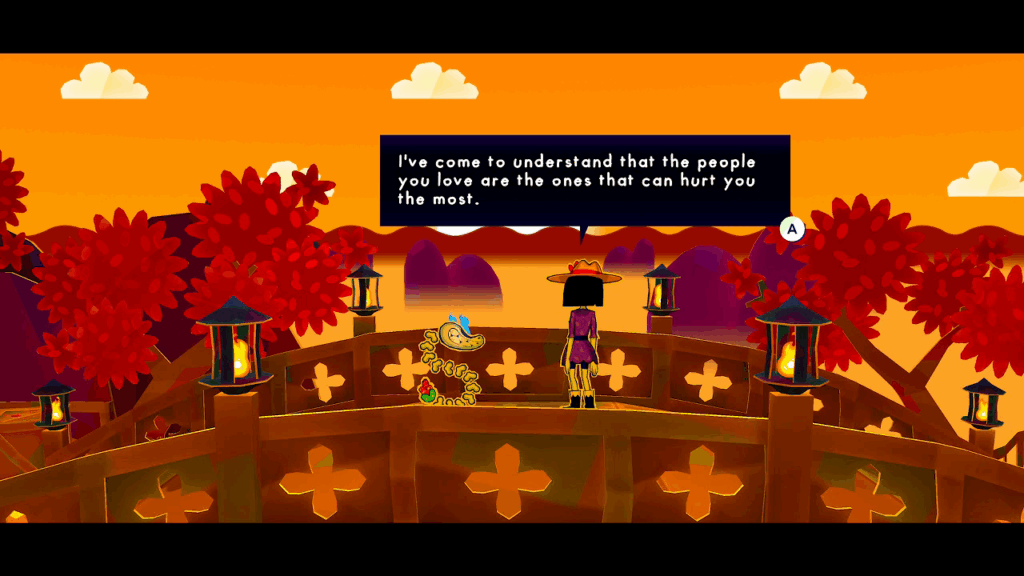
One aspect of the conflicts that bring about these Dark Souls I admire is the recurring theme of intergenerational conflict. Every chapter but one focuses on a younger person who is trapped in an ugly situation by their relationship with an older person, including both parent-child and mentor-student connections. Even the one exception involves a power dynamic that recalls the tension between an authority figure and their subordinate.
I especially appreciate how the Soul who succumbs to their Dark half isn’t always the same half of the relationship. Sometimes, it’s the younger person who succumbs. Sometimes, it’s the older. Blame—if any of these tragic outcomes could be fairly blamed on either party—is not assigned unilaterally. In one particularly affecting example, it is the mentor’s attempts to save his student that causes the student’s transformation, and this is the only chapter to not end on a happy resolution. Sometimes, even a Bright Soul is helpless to save the young from the mistakes of the old. This recurring theme solidifies by the final chapter, though the plot’s overall resolution doesn’t rub my face in the message of what a preceding generation owes its successors. I appreciate its tact and subtlety.
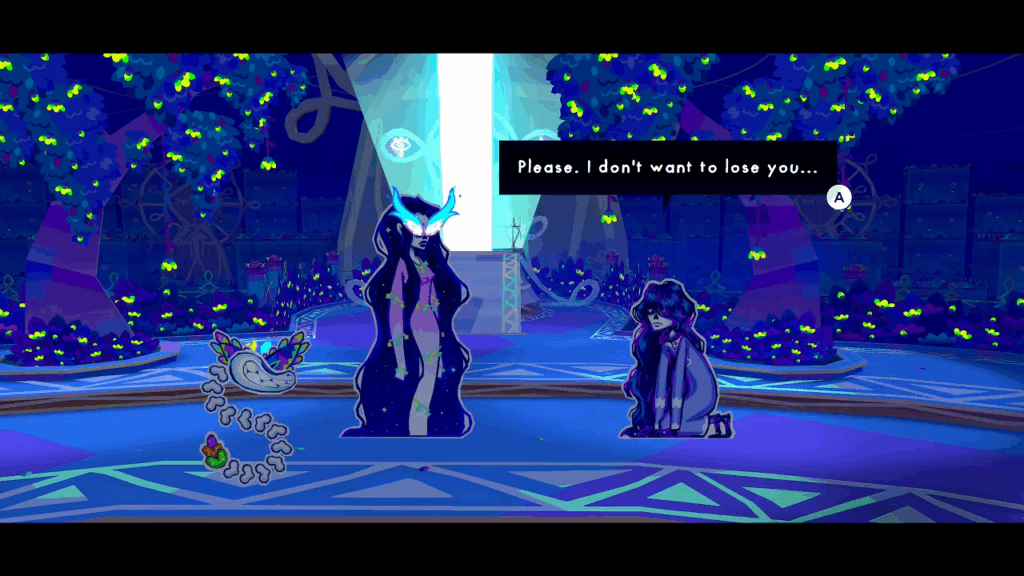
Kulebra and the Souls of Limbo is a thoughtful but unambitious adventure videogame. Its puzzles never reach a complexity to become challenging, though by that same virtue they never leave me stuck and helpless for answers. The memory-based faux-time loop is an interesting idea but never feels fully explored, perhaps because I never fail a puzzle sequence enough times to really notice it ever taking effect. Rudimentary stealth sequences are as unexciting as they are brief. It’s the damaged relationships and hurt feelings that create the Dark Souls which will stick with me longest. This plot has things to say about how a younger generation’s connection to an older one entraps them both in cycles of misery, and only direct confrontation and clear communication has a hope to break it. This colorful adventure bears its soulful heart to all, hoping they will listen.